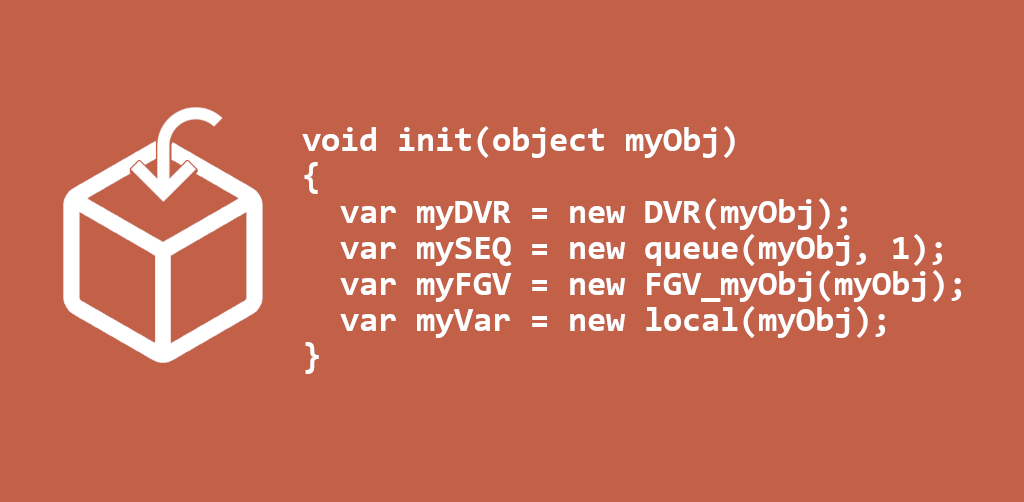#10 Simple Factory – structure and a real-world example
The Simple Factory is the foundation and the default approach that emerges spontaneously whenever you need to centralize the object creation logic based on a selector (string or enum).
#10 Simple Factory – structure and a real-world example Read More »








